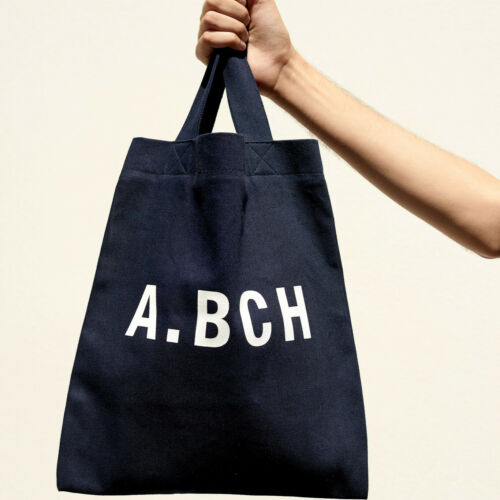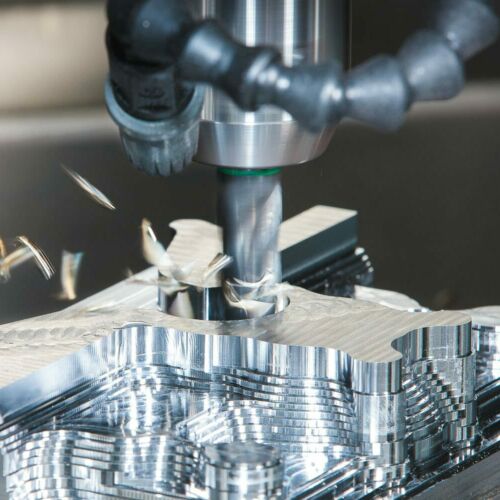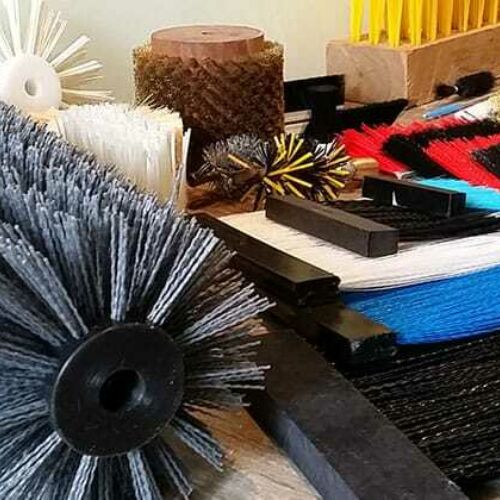Background and circular economy
A.BCH is a circular fashion label founded in 2017. Its circular business model seeks to transform the way we buy, wear, and discard clothing.
From the circular economy value hill perspective, A.BCH’s business model has a circular design. Their clothing products are made for life, facilitated for optimal use through free repairs and a take-back scheme that ensures the value retention of materials.
A.BCH demonstrates a championing level of maturity (23/25) in the circular economy. The circular economy process simultaneously monitors for possible improvements through the environmental management system, while educating stakeholders of the company's ecological practices.
Drivers for circular economy adoption
The founder’s passion for sustainability and comprehending the financial viability of a circular fashion brand are the key internal drivers for adopting the circular economy model. The key external driver is customers looking for ways to reduce the negative environmental impact of fashion.
Circular economy practices adopted
- Tracing supply chains for fibre and processes used
- Local manufacturing
- Designing to reduce material waste
- Reducing energy waste
- Long-lasting products
- Care guide for every item
- Free repairs for life
- End-of-use product takeback for re-sell or recycling
- Biodegrading and composting material
Company changes with the adoption of circular economy
A.BCH adopted the circular economy model from the inception.
Barriers and challenges
Barriers and challenges include:
- Competing priorities of financial viability and sustainability
- Constrained financial resources
- Higher product costs due to extra processes and local manufacturing
- Keeping updated with new practices
- Lack of Australian manufacturing
- Inadequate supply chain integration and collaboration
- Limited visibility of supplier sourcing and practices
- Recycling constraints for textiles
- Customers' lack of awareness and negativity towards circularity
- Customers' not being prepared to pay a premium for an environmentally friendly product
- Not having a reliable centralised platform to share resources and the needs of textile circularity
Critical success factors for circular economy
Critical success factors include:
- The vision and commitment of the founder
- Developing a viable business model, with circularity built-in at all stages (design to recycling)
- Digitalisation
- Knowledge sharing with suppliers to extend internal environmental practices
- Vertical integration of circularity expectations up the supply chain
- Changing customer mindset via education and engagement to gain their support and buy-in from
Benefits of adopting a circular economy
A.BCH have been able to upscale the company and gain economic benefits by adopting the circular economy model. The model has helped provide a better product to the customer while generating higher brand value and profile, thus being able to develop and retain an appreciative customer base who love eco-friendly products.



